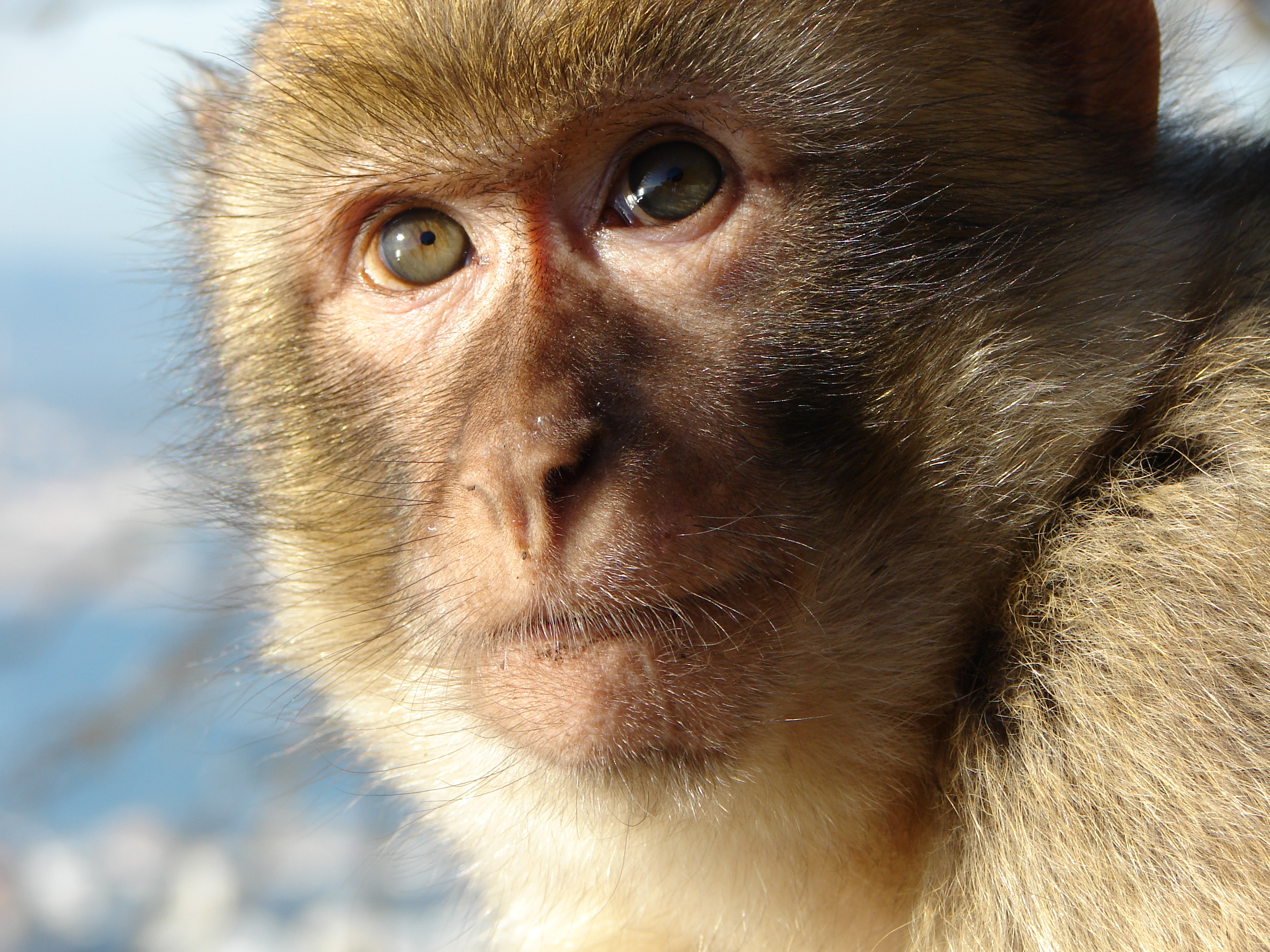Aggregated News

In January 2017, I met Jiankui He, the now-infamous Chinese scientist who would go on to create the world’s first genome-edited babies. This was at a meeting in Berkeley, Calif., hosted by Jennifer Doudna who, along with Emmanuelle Charpentier, was awarded the 2020 Nobel Prize in Chemistry for her work on CRISPR genome-editing technology.
At this meeting, geneticist George Church, known for his work to revive the woolly mammoth, described research on “synthetic human embryos” derived from stem cells. Church dubbed these embryo-like structures “synthetic human entities with embryo-like features.”
At the time, Church called for careful sustained dialogue about the moral merits of the 14-day limit on human embryo research.
Monkey embryo-like structures
This month, a team of Chinese scientists created “synthetic monkey embryos” or, more precisely, synthetic monkey embryo-like structures from stem cells and used these for reproduction.
The reported research involved an in vitro study — meaning it was conducted in the lab — as well as an in vivo study, conducted in the body.
The in vitro study involved the...



